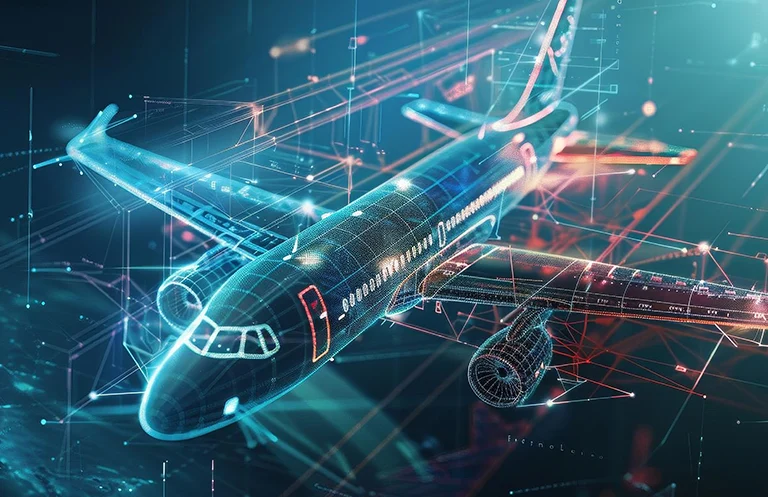Executive Summary
VR (Virtual Reality) is a technology that creates a computer-generated environment. It refers to computer-generated simulation in which a person can play a role and interact within the 3D world using electronic devices. Devices like special goggles with a screen and gloves fitted with sensors can enhance the user experience. These devices use many senses like sight, hearing, and touch to simulate the real world in a virtual environment. VR can be experienced by wearing a Head Mounted Display (HMD). Computer scientist Ivan Sutherland and his student Bob Sproull invented the first VR-based Head Mounted Display (HMD) in 1968. We can create and enhance a VR for entertainment like watching movies, playing games, and streaming live sports events in 360-degree. It can be helpful in training for real-life environments and situations like training pilots and educating cabin crew for aircraft configurations. VR displays a 360-degree view of destinations like mountains, historical places, beaches, and tourism places. This white paper gives an overview of the VR in IFE (In-Flight Entertainment) and we plan to implement this functionality in the future.
Project Highlights

-
- VR Block Diagram
- The need for VR
- Advantages of VR
- Benefits to Airlines
- Challenges of VR Integration and solutions





